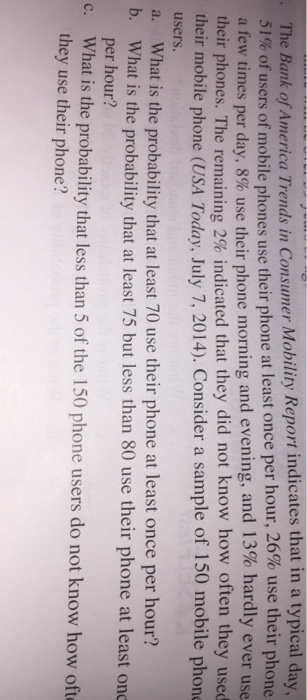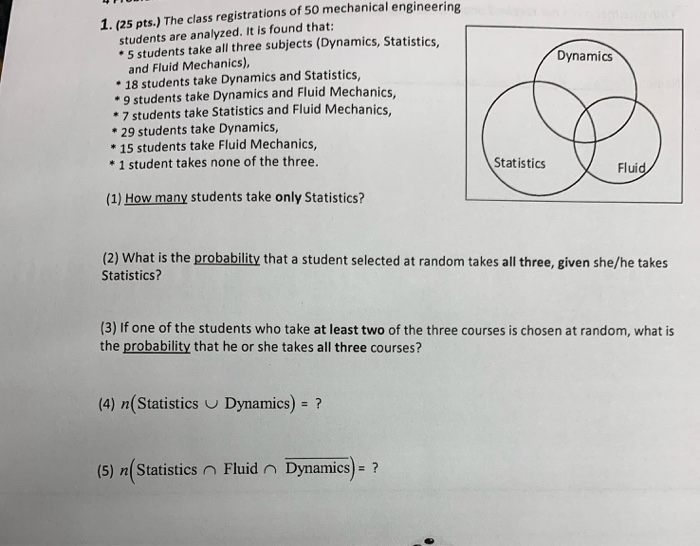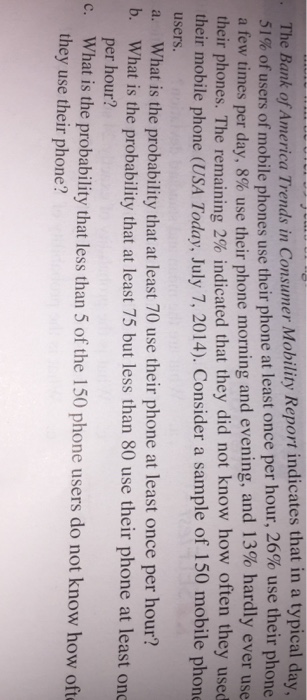There are 4 major roads from city A to B and 3 major roads from B to C. How many different trips can be made

There are 4 major roads from city A to B and 3 major roads
from B to C. How many different trips can be made from A to
C passing through city B.
6 How many different ID cards can be made if there are 6 digits
on a card and no digit can be used more than once.
7 How many ways can 5 tickets are selected from 40 tickets if
each ticket wins a different prize.
8 How many ways can an adviser choose 5 students from a class
of 20 if they are all assigned the same task? How many ways
can the students be chosen if they are each given a different
task.
9 An investigative agency has 8 cases and 4 agents. How many
different ways the cases be assigned if only one case assigned
to each agent.
10 How many different 3 letter permutations can be formed from
the letters in the word "UNIVERSAL".
11 How many ways can a jury of 5 women and 5 men be selected
from 10 women and 15 men.
12 There are 15 seniors and 20 juniors in a particular social organization. In how many ways can 4 seniors and 3 juniors be
chosen to participate in a charity event.
13 How many ways can a person select 6 televisions commercials
from 12 television commercials.
14 How many ways can a person select 5 DVDs from a display of
12 DVDs.
15 How many ways can a buyer select 7 different posters from 20
posters
Medical case histories indicate the different illnesses may produce identical symptoms. Suppose a particular set of symptoms, which we will denote as event H, occurs only when any
of three illnesses A, B or C occurs. (Assume and ) are mutually exclusive. Studies show these probabilities of getting the
three illnesses
P A^ ^ h h = 0.01, P B = 0.005, P C^ h = 0.02.
The probabilities of developing the symptoms H, given a specific illness are
P H( | A) 0 = .9, ( P H | ) B P = 0.95, ( | H C) 0 = .75.
Assuming that an ill person shows symptoms H. Find the
probability that the person has illness A. i.e. find P A_ i | H
2 A space of elementary events S can be divided into two
events E1
, E2 that occur with probabilities 60% and 40%
respectively. An event A occurs 30% of the time in the
first event E1 and 50% of the time in the second event E2
.
What is the unconditional probability of the event A, regardless of which event it comes from.
3 There are two boxes, the first one contains 4 white balls, and
6 black balls and the second one contains 8 white balls and 3
black balls. If we choose one box at random and take a ball
from it randomly, find the probability that:
a The chosen ball is black.
b If the chosen ball was black find the probability of getting
it from the first box.
4 A factory has three machines I, II, III. If machine I produces
20% of the items, machine II produces 30%, and machine III
produces 50% of the items, with defective from the machine as
5%, 2% and 1% respectively. If an item is selected at random,
find the probability that the item is not defective.
5 A manufacturer makes two models of an item, model I, which
accounts for 80% of units sales and model II, which accounts
for 20% of units sales. Because of defects, the manufacturer
has to replace 10% of its model I and 18% of its modelII. If a
model is selected at random. Find the probability that it will
be defective




Step by Step Solution
There are 3 Steps involved in it
Step: 1

See step-by-step solutions with expert insights and AI powered tools for academic success
Step: 2

Step: 3

Ace Your Homework with AI
Get the answers you need in no time with our AI-driven, step-by-step assistance
Get Started


